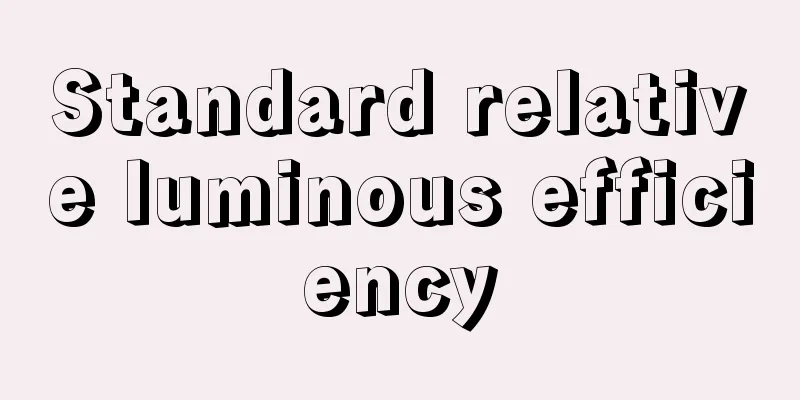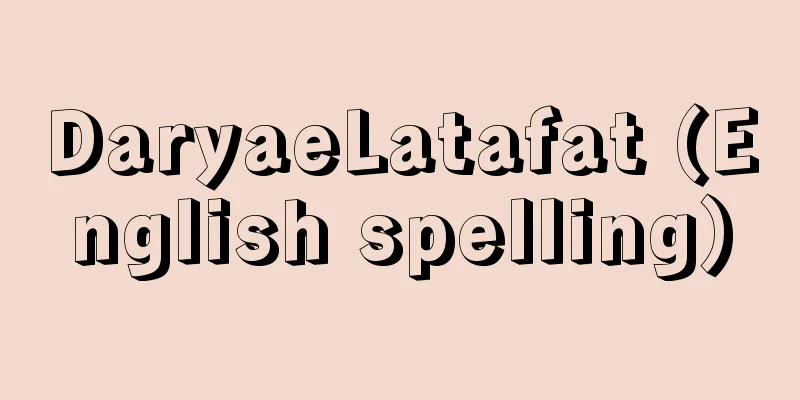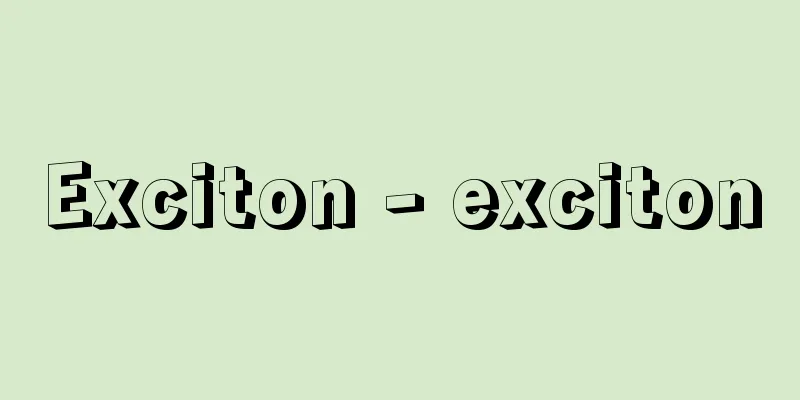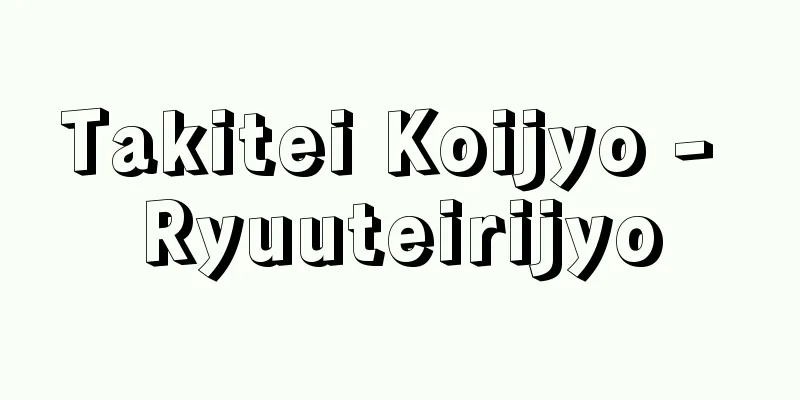Kyoho gold and silver coins
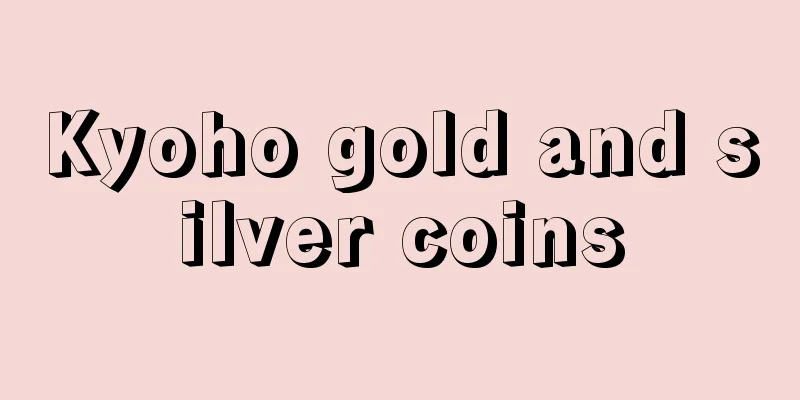
|
Coins minted and circulated during the Kyoho era (1716-1736) in the Edo period. Following the Shotoku gold and silver coins, Tokugawa Yoshimune also implemented a monetary policy, minting the same quality Kyoho oban, koban, ichibu gold, cho silver, and mameita silver coins. However, the monetary policy reduced the amount of money in circulation, leading to economic stagnation, and in 1736 he again switched to a monetary policy of bad coinage (Genbun gold and silver). Source : Heibonsha Encyclopedia About MyPedia Information |
|
江戸時代,享保年間(1716年―1736年)に鋳造・流通した貨幣。正徳(しょうとく)金銀に引き続いて,徳川吉宗(よしむね)も良貨策をとり同質の享保大判・小判・一分(いちぶ)金・丁(ちょう)銀・豆板(まめいた)銀を造った。しかし良貨策によって貨幣流通量が減少し,景気が沈滞,1736年再び貨幣悪鋳(元文(げんぶん)金銀)による通貨政策に転じた。
出典 株式会社平凡社百科事典マイペディアについて 情報 |
<<: The Five Men of the Kyoho Era
Recommend
Korean Union Wide Foot - Karakuni Village Wide Foot
…According to the Shoku Nihongi, in 699 (Bunmu 3)...
Ereǧli (English spelling)
Ancient Heraclea Pontica. A port city on the Black...
Obon - Ullambana
A transliteration of the Sanskrit word ullambana. ...
Takeshi Nakano
A businessman and politician of the Meiji and Tai...
Guiyang
A prefecture-level city in the central part of Gu...
isobtylene-isoprene rubber
…A synthetic rubber obtained by cationic copolyme...
Great Toucan - Great Toucan
…About 37 species are distributed from Mexico to ...
Opel [company] - Opel
…GM also built knockdown (local assembly) plants ...
Plating era (plating era) - Plating era
This name, derived from the title of The Gilded Ag...
Gyouyosakka (English: A writer who writes after work)
The Chinese word 'yeo' is the opposite of ...
International Commercial Law
The International Trade Law (ITL) is a legal treat...
Yang Jian - Yokan
1141‐1225 A Chinese thinker from the Southern Song...
Record office - kirokujo
〘Noun〙① (Abbreviation of "Kirokushoenkenkeijo...
Seasonal Ginseng
⇒Kimura Kigin Source: Kodansha Digital Japanese Na...
Silkworm tachina fly - Silkworm tachina fly
An insect belonging to the family Tachinidae, sub...

